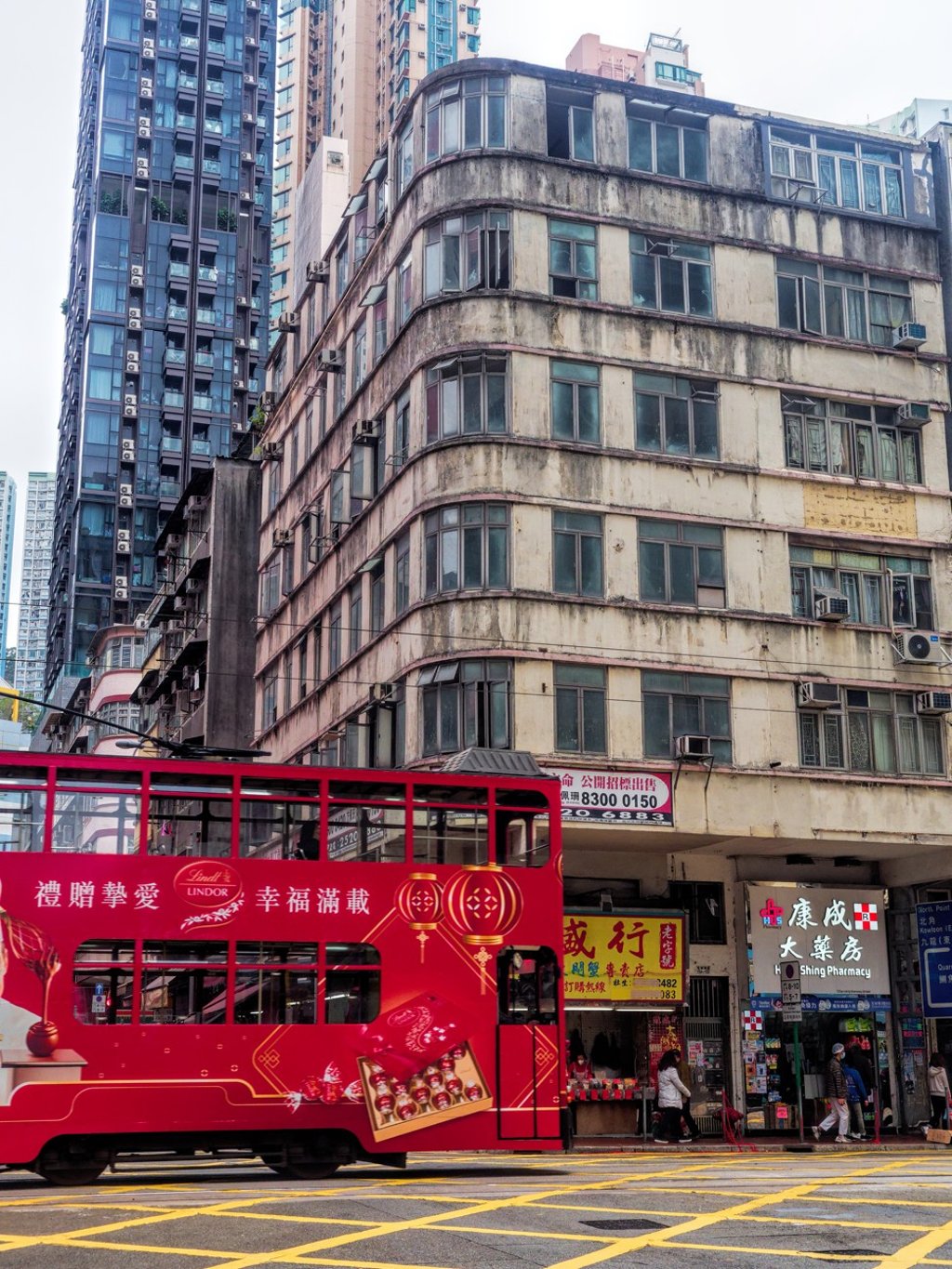Things to see from a Hong Kong tram – 33-cent journey into history for visitors, and residents eager to escape cabin fever amid coronavirus outbreak
- Street art, Hong Kong’s best park, the Noonday Gun, and ‘Instagram Pier’ – hop on a tram, open the windows and see the northern side of Hong Kong Island
- From old-time district Shau Kei Wan in the east to Instagram Pier in the west, you can make a half-day trip out of it

One of the most widespread afflictions in coronavirus-hit Hong Kong today is cabin fever. The Merriam-Webster dictionary definition – “Extreme irritability and restlessness from living in isolation or a confined indoor area for a prolonged time” – sums up how many of us are feeling.
Happily, there is a ready cure: get out and about.
Ideally, this would mean heading for a long hike in areas remote from the city. But not everyone is a hiker, so here is an option for a 13km trip by tram and on foot along the north shore of Hong Kong Island. It’s one any city resident or visitor can take at any time of the year.
As well as being cheap, the tram is an appealing option because the windows can be opened, allowing in relatively fresh air.

Exploring Shau Kei Wan
While it is easy to hop on a tram anywhere along the tram line between Kennedy Town in the west and Shau Kei Wan in the east, our outing starts in the latter neighbourhood, on the promenade by the Shau Kei Wan Typhoon Shelter.